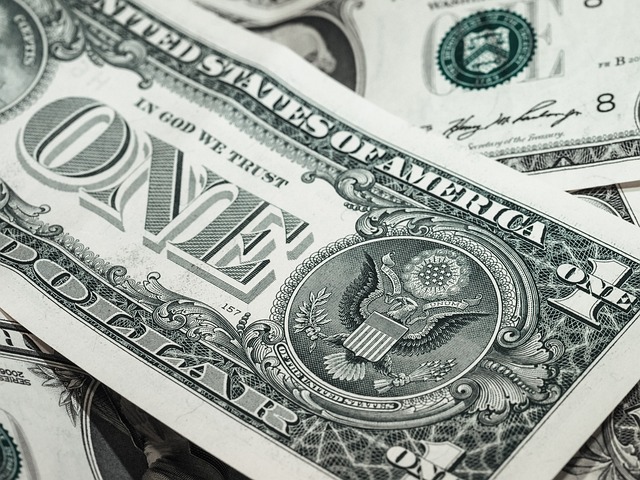Understanding the Intricacies of Equine Therapy: The Healing Power of Horses
Equine therapy, a unique form of therapy involving horses, is steadily gaining recognition for its profound impact on human health and well-being. This article delves into the historical background, key developments, and current trends in equine therapy, giving readers a broad yet detailed perspective on this remarkable therapeutic practice.

A Historical Glimpse into Equine Therapy
Equine therapy, also known as Hippotherapy, traces its roots back to the ancient Greeks, who recognized the therapeutic benefits of horse riding. However, it wasn’t until the 20th century that this practice gained formal recognition as a therapeutic method. The first documented use of equine therapy for individuals with disabilities was in Scandinavia, following an outbreak of poliomyelitis in the 1940s.
The Science Behind Equine Therapy
The unique characteristics of horses make them ideal for use in therapy. Their rhythmic, repetitive movements mimic the human walk, helping to improve gross motor skills, balance, and core strength in patients. Moreover, the bond developed between the patient and the horse can have significant psychological and emotional benefits, aiding in the treatment of mental health conditions like depression, anxiety, and PTSD.
Equine Therapy in Today’s World
Today, equine therapy is used worldwide as a complementary treatment for a range of conditions, from physical disabilities to mental health disorders. Recent trends show a growing interest in this therapy, with more therapeutic riding centers opening, and an increasing number of therapists gaining certification in this specialty. Research into the benefits and efficacy of equine therapy is also ongoing, adding scientific credibility to this practice.
The Economic Impact of Equine Therapy
The growing popularity of equine therapy has also had a significant economic impact. The global market for this form of therapy is expected to witness a steady growth rate in the coming years. While the cost of sessions can vary widely, the average price range is between $50 and $150 per session. The market’s growth is driven by the increasing acceptance of alternative therapies and the recognized benefits of equine therapy.
The Future of Equine Therapy
As research continues to shed light on the myriad benefits of equine therapy, its future looks promising. Technological advancements are also playing a role, with virtual reality being used to simulate equine therapy for those unable to access real horses. It is hoped that as awareness and understanding of equine therapy grow, it will become an increasingly accessible and widely recognized therapeutic practice.
In conclusion, equine therapy offers a unique and effective approach to treatment, harnessing the healing power of horses to improve human health and well-being. As it continues to gain recognition and acceptance, it holds great promise for the future of therapeutic practice.




